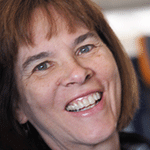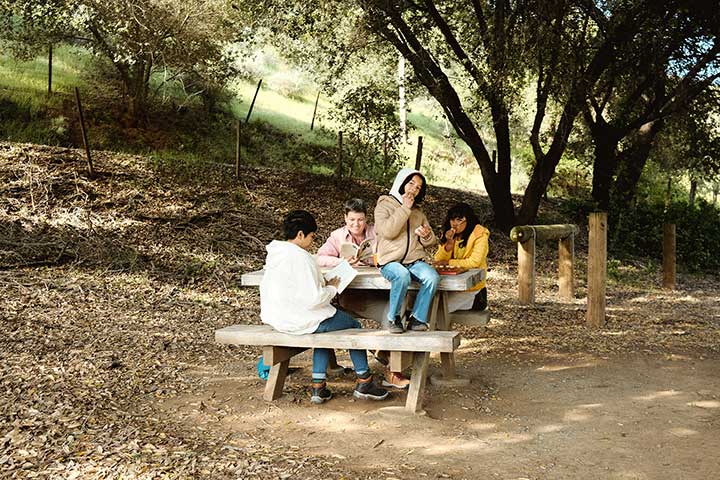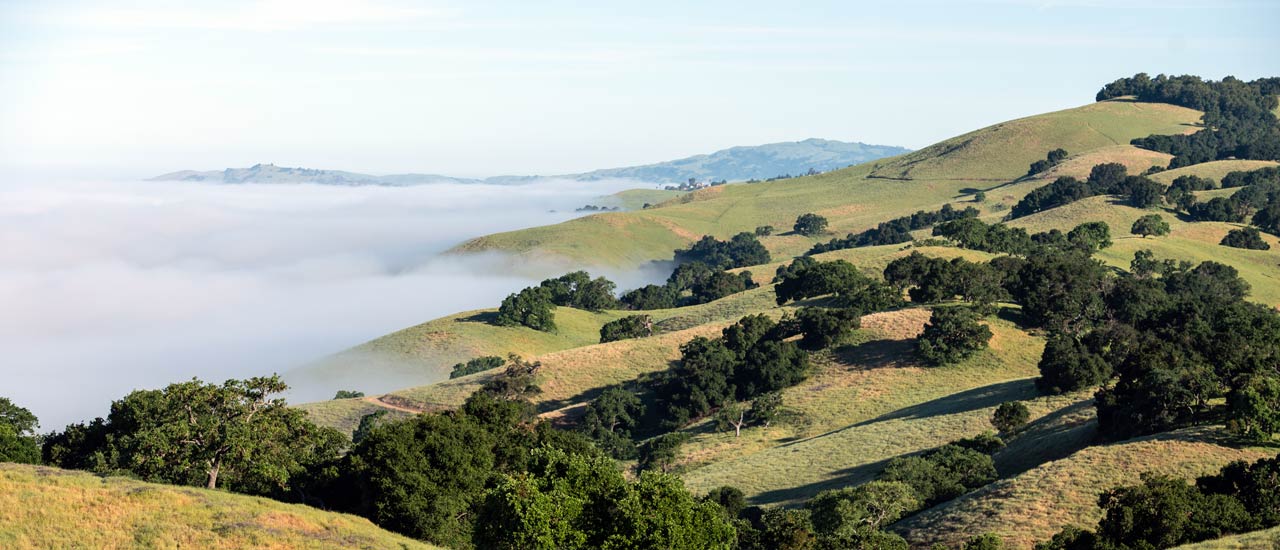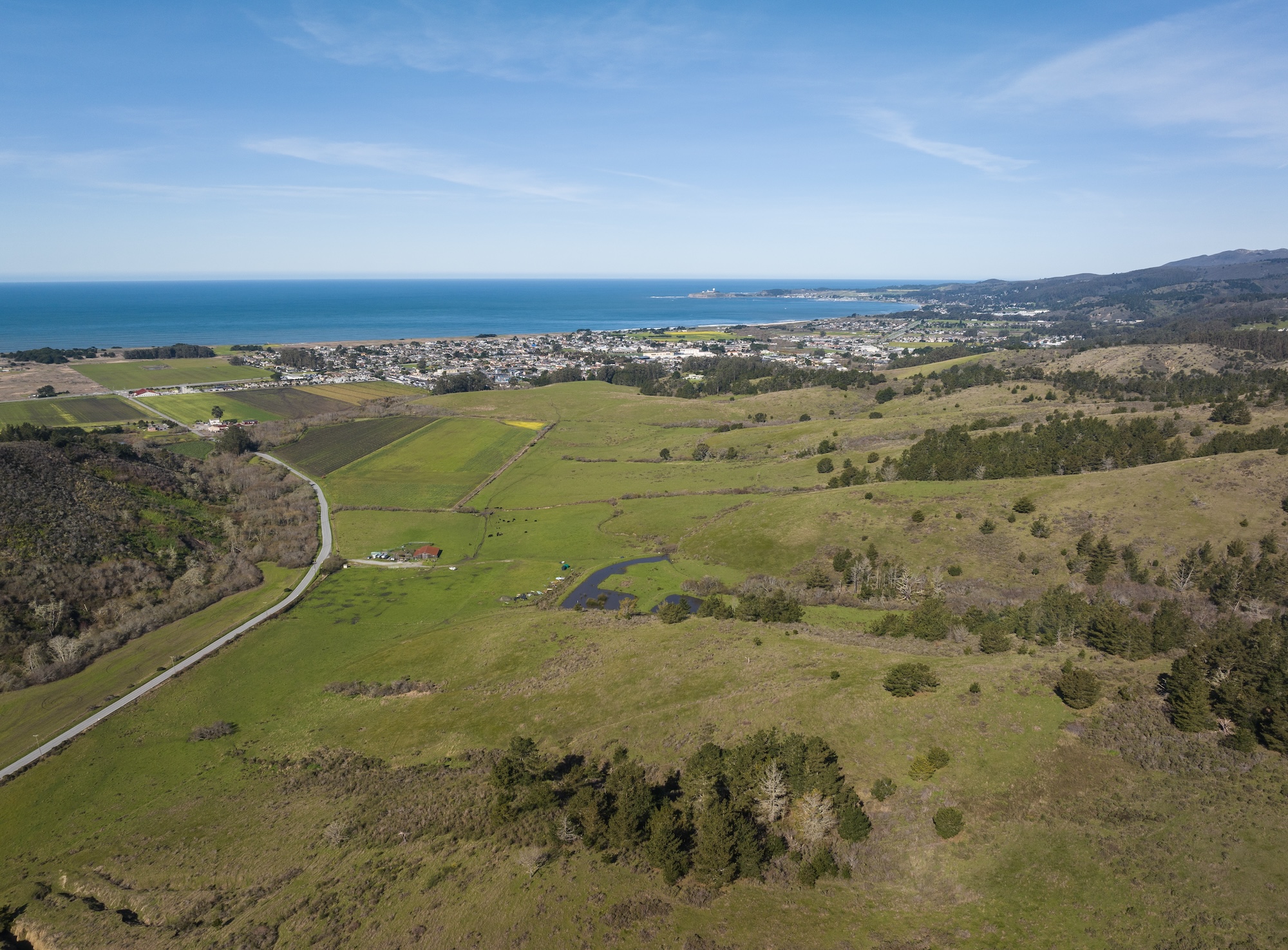A visit to Año Nuevo State Park offers a wonderfully close-up yet in-the-wild observation of the enormous but strangely elegant elephant seals, a pleasant stroll from Highway 1 between Half Moon Bay and Santa Cruz.
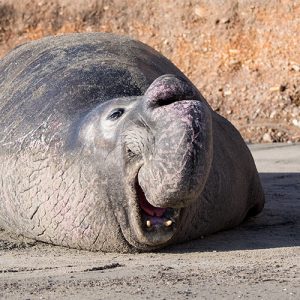
The beach gets mighty lively from mid-December through March, when females desert their deep-sea fishing grounds to come ashore and birth their pups, nursing them for 28 days and tripling their weight. Meanwhile, 5,000-pound bulls bellow and wage bloody battle for alpha male status to claim breeding privileges over a harem of up to 50 females after their pups are weaned.
Punta del Año Nuevo (New Year’s Point) was so named by the Spanish explorer Don Vizcaino when first sighting the point on January 3, 1603. His party met the Quiroste people, one of 50 small tribes now called the Ohlone Indians, who had lived seasonally in the Peninsula coastal region for 10,000 years, hunting, fishing and gathering sea life. Año Nuevo Park’s Quiroste Valley Cultural Preserve safeguards remnants of their ways of living.
Over the centuries, Europeans, Mexicans and eventually new Americans farmed, ranched, fished and even briefly tried whaling from shore. After several fatal shipwrecks, a lighthouse was built on Año Nuevo Island ½ mile away (its ruins now closed to the public), as well as at Pigeon Point five miles north.
Hunting sea lions and seals for their furs, skins and blubber became big but tragic business. Northern elephant seals, lacking a natural fear of humans, were easy pickings in the ruthless quest for blubber oil, and by the late 1800’s they teetered on the edge of extinction. All were feared lost until a tiny group of survivors was discovered on Guadalupe Island off Baja California in 1922.
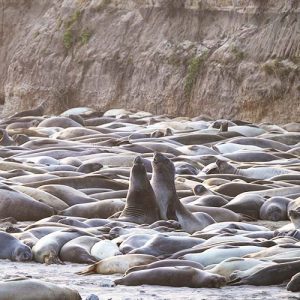
Fortunately, protected status was granted to the northern elephant seal soon thereafter. The State of California established Año Nuevo State Preserve in 1949, and elephant seals began colonizing the island in 1955 and the mainland beach in the ‘70’s. The population rebounded at an astonishing rate and now numbers over 150,000 spread among 21 rookeries. Around 3,000 elephant seals return to Año Nuevo each year for pupping and breeding. An amazing recovery for a species once thought to be extinct.
POST played an important role in protecting the abundant Año Nuevo area wildlife by purchasing the adjacent 6,400-acre Cloverdale Coastal Ranch in 1997. The organization then donated 900 acres to Butano State Park, connecting the coastal mountains to Año Nuevo State Park and preserving natural wildlife corridors. Recently, POST announced the purchase of a 57-acre Tunitas Creek Beach parcel north of Año Nuevo and plans to jointly develop with San Mateo County a jewel of a beach park accessible to all.
Plan Your Visit:
What better way to celebrate the New Year than a visit to Año Nuevo State Park and those otherworldly elephant seals — not to mention migrating whales, sea lions, harbor seals, coyote and, come spring, a gorgeous wildflower bloom.
Reservations for guided tours are required between December 15 and March 31 (see www.ca.parks.gov). And you can find more information on hiking at Año Nuevo here.
More on Our Website
About Post
Peninsula Open Space Trust (POST) protects open space on the Peninsula and in the South Bay for the benefit of all. Since its founding in 1977, POST has been responsible for saving more than 87,000 acres as permanently protected land in San Mateo, Santa Clara and Santa Cruz counties. Learn more
